|
Mother’s Day is the single busiest visitation day for cemeteries near and far. Saying this, it is a bittersweet one for many as they come to the cemetery to celebrate the memory and adoration for a mother, grandmother, step-mother, or maternal-figure. It also ends a high stress period for cemetery superintendents as they have been scrambling to have their respective grounds looking their best at a time when May showers can play havoc with maintenance crews’ ability to mow and trim grass. Burial grounds like Mount Olivet serve as vivid reminders of how people feel about their maternal figures, who these women were in life, and how the family chose to remember them after death through grave markers and memorial headstones. Like a mother herself caring for her children, cemeteries are regarded as sacred places entrusted with respectfully caring for deceased individuals, along with the preservation of shared history. A couple years back, I spotted a particular gravestone in Mount Olivet that gave me inspiration for a great Mother’s Day FaceBook post, which I made the following day. It was perfect, as it boldly caught my eye by having the pronouncement, “To My Mother,” on its face. This beautiful work in marble featured a hand-carved flowers shaped like a wreath surrounding the above memorial sentiment. It is located in the historic section of Area H/Lot 397. The decedent here is a woman named Catharine Michael who died on February 28th, 1858. Research findings were scant. Catharine was born January 4th, 1804, as Catharine Bernhart, but our cemetery records do not list her parents’ names. On the website Geneanet.com, I found a Catharine Bernard with a birthdate of 1808, the daughter of Luke (1761-1816) and Rebecca Barnard (1770-1826). Could this be her, regardless of birthdate accuracy and spelling of surname? Not much else could be gleaned of her birthplace, or about her early life, however I soon learned that in addition to being a mother, our subject was a wife three times over. She first married a man named John Coe on June 2nd, 1820. With a little searching, it appears Mr. Coe died in 1833 at age 41 and is buried at Israel’s Creek Meeting House Cemetery in Walkersville. I found his gravestone and memorial page on FindaGrave.com. There is a woman buried to the immediate right of Catharine by the name of Ann Rebecca Norris (1822-1868). I believe this to be the daughter of Catharine and John Coe, even though our records do not list her parents’ names either. However, the responsible party for Catharine’s burial was a son-in-law named J. Lawson Norris. This man is buried next to Catharine—James Lawson Norris (1810-1882) was the husband of Ann Rebecca. The Norris gravestone, of a more recent make and model, states that Mr. Norris was a one-time editor of the Republican Citizen newspaper. This also gives potential support to Catharine giving that name of Rebecca (to her daughter) as a tribute of honoring her own mother (Rebecca Bernhart/Bernard) if that be the case. Catharine next married a gentleman named John Baker. I could not find a date of marriage but I am assuming sometime in 1835 or 1836. A second daughter was born to Catharine on December 13th, 1836 in the form of Caroline Matilda Baker. This woman would marry a man named Albert Mory, and lived later on North Charles Street in Baltimore. She and her husband are buried to the immediate left of “Mother Catharine.” The maternal rose between two thorns you could say, but with the sentiment expressed on Catharine’s gravestone, I deduct that they were loving daughters. I learned that Catharine lived in Middletown, and was a one-time owner of the west half of Lot#26, now 112 West Main Street. George C. Rhoderick, Jr. in The Early History of Middletown, Maryland states that Catharine Baker purchased this property from a James Cook on March 15th, 1845. (At the time of her death, this property was bequested to Caroline Mory, her daughter. Caroline and husband Albert would eventually sell this to Samuel Brandenburg in 1864.) John Baker died sometime in the 1840s as Catharine married for a third, and final time, on March 3, 1850. This was to a man named Isaac Michael. Mr. Michael moved took up residence in the former Baker household. She appears with him in the 1850 US Census. I could not locate an obituary for Catharine, but saw that there was a little wrangling over the estate of Mrs. Michael between her daughter and third husband. Looks like Caroline won out from what we know, especially in terms of keeping the house in Middletown. One more stone is here in this lot, and it has the name Bibbins on its face. Here lies Catharine's granddaughter Ruthella Bernard Bibbins (nee Mory). This is Caroline's daughter,and the most telling discovery here is that middle name of Bernard. Mother’s Day has been all about paying tribute to mothers both on earth and those who have passed since its inception. From a little online research, I learned that starting in ancient times, the Romans and Greeks both had their own festivals to pay tribute to mother goddesses. The Celtic tribes of Europe would honor Brigid, their mother goddess figure. This pre-Christian day of honor was less dedicated to individual mothers and more about mythical figures. The switch came back in 1870 in post-Civil War United States, when author and poet Julia Ward Howe first attempted a celebration with her “Mother’s Day Proclamation.” Her goal was celebrating the mother figures in our lives. On May 10th, 1908, a lady named Anna Jarvis (1864-1948) picked up where Julia Ward Howe left off by holding a memorial for her mother at St. Andrew’s Methodist Church in Grafton, West Virginia. Her mother had passed three years earlier. Ann Reeves Jarvis was a social activist during the Civil War, and was a founder of Mothers' Day Work Clubs. Anna was inspired by her mother’s kind and giving nature, seeing that reflected in mothers across the country, stating a mother is “the person who has done more for you than anyone in the world.” In 1876, twelve year-old Anna had stated in a prayer after a Sunday school lesson: "I hope and pray that someone, will found a memorial mothers day commemorating her for the matchless service she renders to humanity in every field of life. She is entitled to it." Thirty-eight years later in 1914, Anna petitioned Congress to create a holiday honoring all Mothers. President Woodrow Wilson signed Mother's Day into law and the rest is history. Today, St. Andrews Methodist Episcopal Church is the International Mother's Day Shrine, located in Grafton. This 1910 event marked the first official observance of Mother's Day. Jarvis continued to fight for the deeper meaning of the day years later, protesting companies that wanted to make Mother’s Day a for-profit holiday, even getting arrested for “disturbing the peace” while she protested the sale of carnations as gifts for mothers. Her greatest wish was for people to visit their mothers, visit cemeteries, and write letters that came from the heart. Speaking of letters, about 20 years ago I came across some old letters written by a first cousin to my Great-great grandmother who lived in Delaware City, Delaware. These were written in the 1880s by a Margaret "Maggie" (Gallaway) Davis who also lived in Grafton. My ancestor was much younger than the letters' author and both women's mothers were sisters. Interesting the content of these letters talked primarily about the state of the current mothers, along with other family info as the family was disjointed on account of geography and living so far apart. I had the opportunity to stay at a place called Terra Alta, WV in October of 2022. This is about 10 miles west of Oakland, MD, not all to far from Deep Creek Lake. Ironically, this was the last place my own mother lived before her death in February, 2019. I decided one afternoon that I would drive an hour southwest to Taylor County and try to find the cemetery that Margaret "Maggie" Davis was buried in hopes to visit her grave. This led me to Bluemont Cemetery in Grafton. Once there, I started my search for Margaret's grave without knowledge of its location. It was a Sunday, and no one was in the office. Bad planning on my part. As I wandered through hundreds of gravestones on the steep slopes of the mountainside cemetery, I stumbled upon a fascinating memorial. It was that of Ann Reeves Jarvis, Ann's mother. This is where I first learned the story of Mother's Day which I just recounted for you. So very fitting since the my weekend trip was filled with memories of my mom, as this was the first time I had been back to her former home, and place of death since 2019. It's like she was there guiding me through that cemetery, and Mrs. Jarvis' grave perhaps. In case you were wondering, I did find the gravesite of my distant relative, Maggie Davis, in the cemetery about 100 yards up on top of the hill, and about a half hour later. Through her letters, this woman helped shed a bit of light on my Great-great grandmother, and more so, on that woman's mother, my Great-great-great grandmother. Taking a walk through a cemetery, especially ones that have older headstones and memorials, it is not difficult to see how women have been defined through motherhood in the past. Many headstones and memorials are adorned with the word "Mother," along with poems and quotes that reflect who the particular woman was in life, and what she means to the family in death. In older times, simple inscriptions about her character were common, such as “God-fearing homemaker” or “Hardworking caregiver." Over time, these became more eloquent and many people chose Bible passages exemplifying their role as mother, or using an original poem written by a family member. This is the story of Catharine Michael and countless others in Mount Olivet in Frederick, Maryland, Bluemont in Grafton, West Virginia, and everywhere else. Good luck with your visitation on Mother's Day if you are making one. If not, keep the memory of yours close, not just on this day, but everyday. Inscription on Catharine Michael's grave:
"For me to live is Christ, and to die is gain." (Phillipians 1:21) (NOTE: Can't make that last passage out, please place in comments below if you can.)
0 Comments
If "April showers bring May flowers," what do May showers bring? Well, it appears we can expect either continued or future blooming of trees and flowers, or the abrupt end of the annual blossom cycle as can be attested by many places in the cemetery, as well as my back patio and yard at home. A recent onslaught of rain, after a mild spring and winter, has put more than a damper on outdoor events and activities over the last few days. The precipitation and blustery conditions have altered the vibrant spring landscape of just a week or two ago. Colorful petals and important seeds from neighboring trees and bushes have fallen to the ground, some traveling several yards away. Meanwhile, bees of the Megachilidae family have been working overtime, busily transporting pollen between plants, while some of us have been sneezing up a storm because of the powdery substance. It's all part of the plan when talking of angiospermous trees such as dogwoods, redbuds, Japanese magnolias, flowering plums and cherries. All of these are among the season's earliest bloomers. It appears, that I may be a week too late to capture optimum photographs, but there is still some hope for the present and days ahead. Speaking of blooming, it's been an interesting spring here already at Mount Olivet. We recently unveiled a new "Tree & History" Walking Tour with the Frederick County Forestry Conservation Board. We designed the tree sojourn last fall and winter, and its been so refreshing to see the trees covered in leaves and flowering once again. Our inaugural guided tour of this occurred on Arbor Day (April 26th) and it seemed like the perfect spring day at the height of color and blossoming trees. While I'm on the subject, this Tree Walk follows others the Frederick Forestry Board has done for Baker Park and Hood College in recent years. Like those offerings, we now have 19 specimen adorned with small signs containing a QR code. With a simple capture of the code using the smartphone's camera feature, users will have access to a comprehensive website, packed full of information, images and maps that will virtually aid the trail follower. Hedges and bushes throughout the grounds are still looking looking robust, and in different stages of bloom, while flowers of many varieties have been popping up as well. One particular place to look in our cemetery is in the middle of Areas S, T, and U. This is where we have the World War I Memorial Gazebo and Never Forget Garden. Here, one will find 11 white "Knock Out" Roses in a bed of poppies that encircle the memorial. Poppies are synonymous with World War I, (read the poem "In Flander's Fields") and are often used as a symbol of sleep, peace and death. It's very fitting that these flowers are in full bloom in the weeks leading up to Memorial Day. Some of these have been recently planted as part of a new project our Friends of Mount Olivet group has taken up by beautifying our unique collection of "cradle graves," located throughout the historic section. These burial monuments were popular around the American Civil War era of the 1850s-1860s and were designed to look like bedsteads with a headboard, footboard, and side rails. In days of yore, flowers and evergreen woody vines like ivy were planted in these beds, both literal and figurative.  We'll be discussing these new offerings of our "garden cemetery," in a few weeks on May 18th and 19th (1-5pm) as we will again be a stop on the Beyond the Garden Gates Tour. A favorite of residents and visitors alike, this particular Celebrate Frederick event has grown to draw over 800 visitors annually, and has raised thousands of dollars for local garden clubs and multiple beautification projects around Frederick. Special thanks to this year's major partner and facilitator of the event, the Tasker's Chance Garden Club. On those particular Saturday and Sunday afternoons (18th and 19th), the Key Memorial Chapel (behind the Francis Scott Key monument) will be open to participants and boasting info and exhibits, as will our greenhouse. This latter structure is the temporary home each year for many lilies destined for Carroll Creek and the wildly successful "Color on the Creek" initiative. We hope to have some lily ponds of our own in the near future. On a recent walk, just over a week ago, to check on our legion of historic gravestone cleaning volunteers, aka "The Stoners," I stumbled upon a most fitting burial plot on a sunny day prior to the recent stormy weather that I referenced at the onset of this article. This was in Mount Olivet's Area H, and I later learned that I had found myself taking special note of Lot 385. Six family members reside here in the proverbial shadow of a large granite marker that announces their name as "Blum." This impressive gravestone, simply stating the family surname, "sprouts" out in the center of the lot, with individual member foot stones located around its perimeter. For those of you with an understanding of the German language, Blum translates to "bloom" in English. The noun "die Blume" is the word for flower. Ironically, no flowers can be found in the lot or surrounding lots, but I was taken with the beauty of a pink Dogwood tree standing proudly in the distance behind the plot. The head of this household was a longtime Frederick tailor named John Nicholas Blum, born January 1st, 1845. From the limited info I found on this gentleman, I learned he was a native of Hanover, Germany. His wife Elizabeth, better known as Elsie (nee Biene), was also a German immigrant hailing from Hesse Cassell. She lived from 1838-1921. I found this couple in the 1870 and 1880 Federal Census records. In both, they were living at 100 W. All Saints Street. The couple had four known children, all of whom are buried here in this plot: Louise Christine (1870-1930), George Nicholas (1871-1872), Augusta (1874-1932) and Bertha M. (1876-1932). From what I could learn, Mr. Blum was an active member of Frederick's German Reformed Church. He appears to have changed careers by the early 1880s as I found him working at the toll gate house east of Frederick City by 1883. A series of interesting articles speak to a few newsworthy events our subject was involved in. These are all from the Frederick Daily News, a publication in its infancy at this time. In 1884, Mr. Blum moved his family out of downtown Frederick after buying a 31-acre farm near Monocacy Junction. The purchase price was $2,800. In keeping with this week's theme, I found it interesting that the Blum's new home is referred to (in the article) as a "garden farm." Unfortunately, Nicholas Blum would die less than two years later on Valentine's Day, 1886. He was only 40 years old. Mr. Blum would be buried in this lot in Area H, where his son George had been laid to rest 14 years prior in late July, 1872. Footstones would accumulate here in the Blum lot, much like petals under some of our trees this week. added to the space as additional family members passed from among the living. This group whose names and lives were captured and duly counted in the 1880 census record I shared above, would now gather here in death (in both body and name). Nicholas Blum's wife lived a good, long life into her 80s, dying in 1921. However, the three Blum daughters would be gone by the end of 1932. They each died in their late 50s which seems sort of representative of those pretty flowering trees loosing their leaves a bit prematurely as it seems. All three sisters (Louise, Augusta and Bertha) are buried here, but Bertha, the last to die, does not have a footstone. I had gone back the other day to take a picture of Bertha's gravestone, before knowing she didn't have one, and was surprised to see how differently the landscape looked just a week after I had last been there. The Dogwood (behind the plot) was devoid of all pink petals. Of course, the sky wasn't a brilliant blue as I had seen earlier, but now was cloudy and ominous looking, and the grass was understandably wet from rain. However, there was some good news and a silver lining. The stone cleaning team had been here during my absence. Water and our D2 cleaning solution, compounded with additional rains had worked their magic on the Blum grave markers. I could now read the footstones clearly! Just one week, and they looked so much better, dare I say "new." The central Blum family stone even glowed, as if it was in "perfect bloom," if you will allow me to say. So, what have we learned this week? First off, springtime colors, like that of fall, come fast and furious. Enjoy them while you can because the season cycle is always turning. Second, gravestones can magically "re-bloom," like buds and flowers, into the beautiful memorial originally placed over a loved one's grave, even if it was a century ago like Mrs. Blum and her daughters, or Nicholas Blum and son George 140-150 years ago. Most of all, both entities, nature and gravestones, are here to remind us that life is such an amazing gift, and it sadly passes by too quickly, doesn't it? Quit worrying over dumb stuff, and focus on the beauty of all things big and small. I saw a quote recently, and it seems to speak to this thought perfectly: “It is true, as they say, that the blossoms of spring are all the more precious because they bloom so briefly." -Murasaki Shikibu (973-1014) from her work The Tale of Genji. |
STORIES
|
Archives
July 2024
June 2024
May 2024
April 2024
March 2024
February 2024
January 2024
December 2023
November 2023
September 2023
August 2023
July 2023
June 2023
May 2023
April 2023
March 2023
February 2023
January 2023
December 2022
November 2022
October 2022
September 2022
August 2022
July 2022
June 2022
May 2022
April 2022
March 2022
February 2022
January 2022
December 2021
November 2021
October 2021
September 2021
August 2021
July 2021
June 2021
May 2021
April 2021
March 2021
February 2021
January 2021
December 2020
November 2020
October 2020
September 2020
August 2020
July 2020
June 2020
May 2020
April 2020
March 2020
February 2020
January 2020
December 2019
November 2019
October 2019
September 2019
August 2019
July 2019
June 2019
May 2019
April 2019
March 2019
February 2019
January 2019
December 2018
November 2018
October 2018
September 2018
August 2018
July 2018
June 2018
May 2018
April 2018
March 2018
February 2018
January 2018
December 2017
November 2017
October 2017
September 2017
August 2017
July 2017
June 2017
May 2017
April 2017
March 2017
February 2017
January 2017
December 2016
November 2016













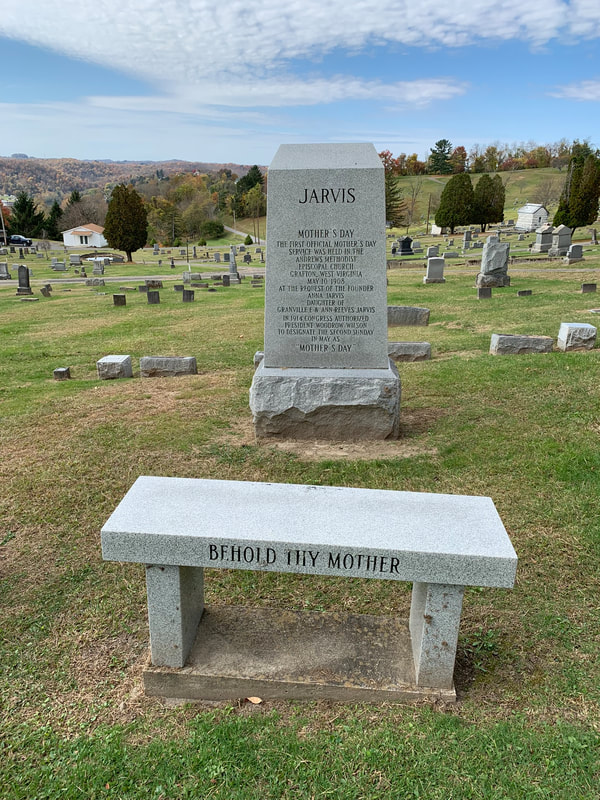












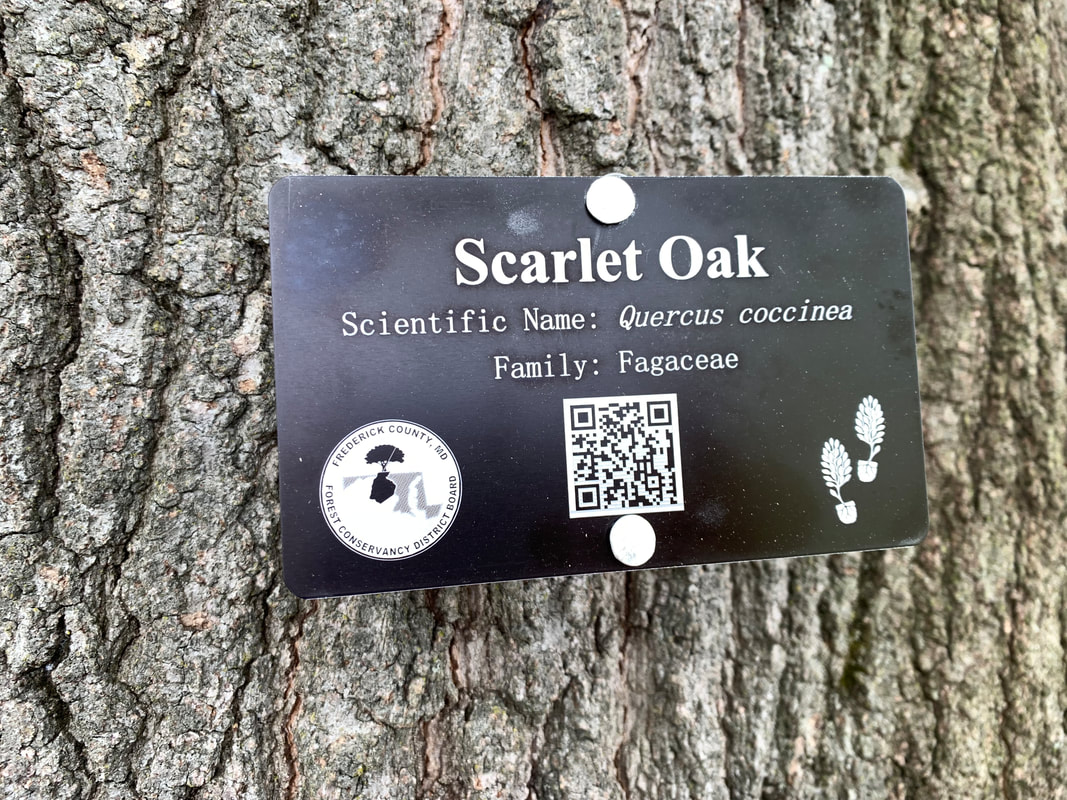

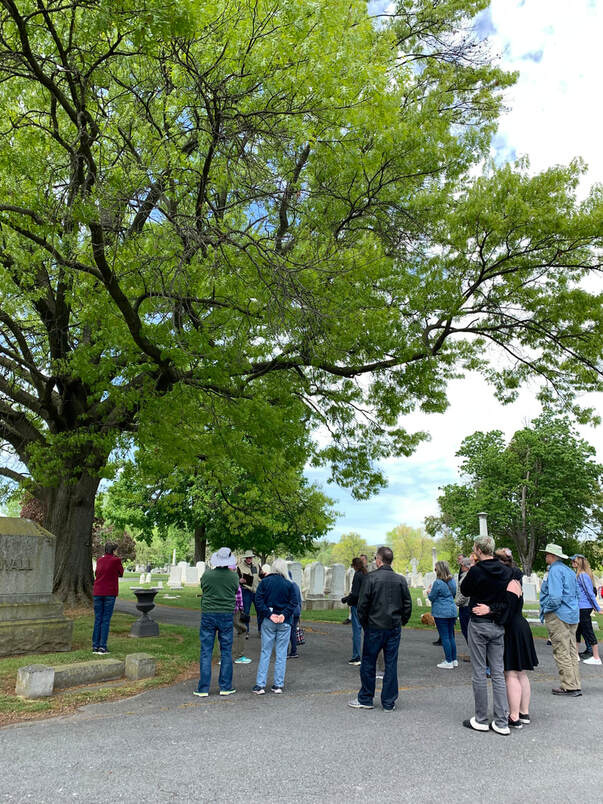









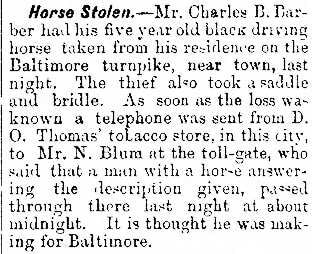



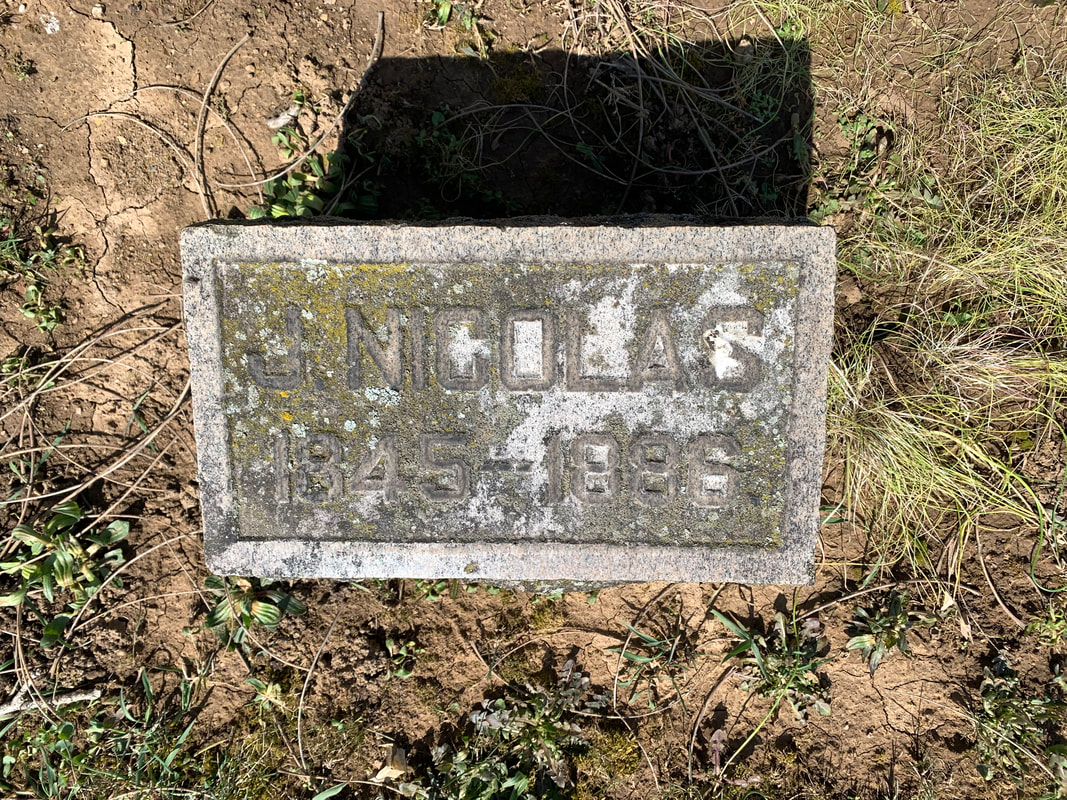












 RSS Feed
RSS Feed